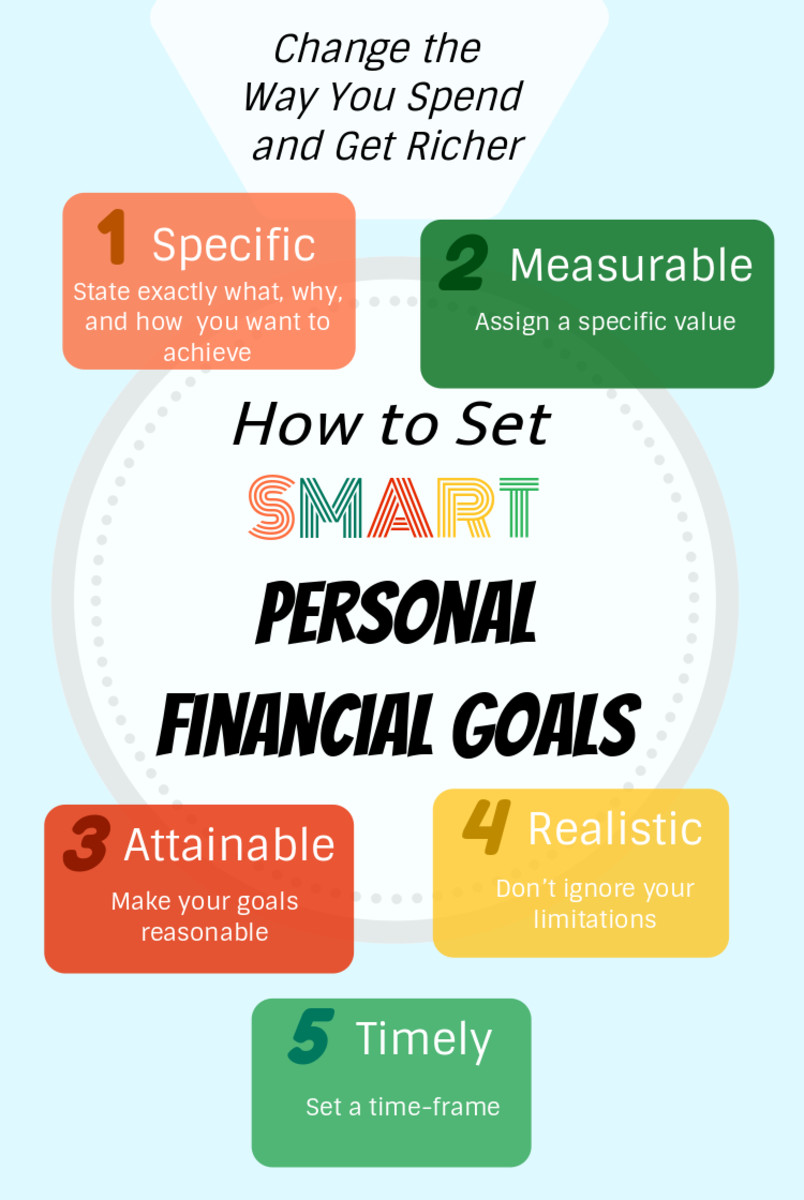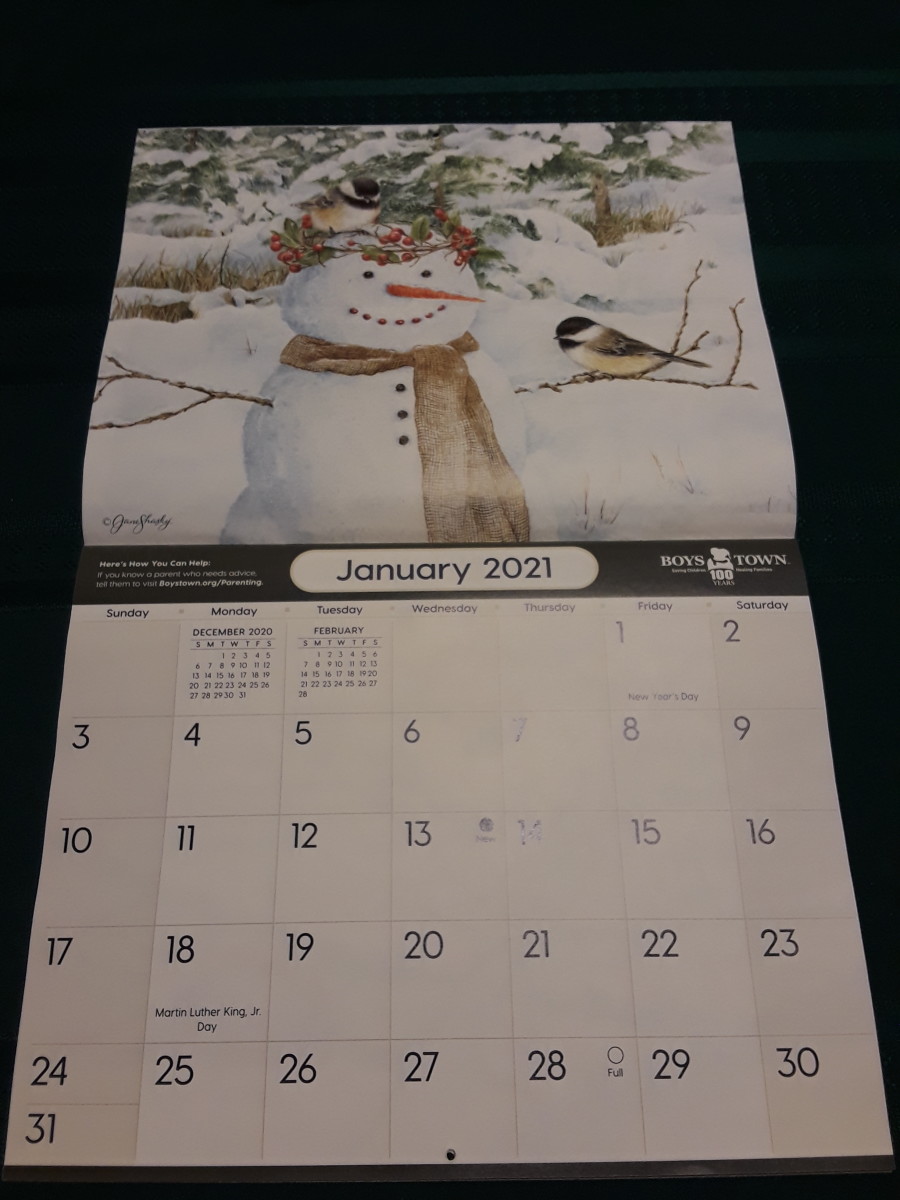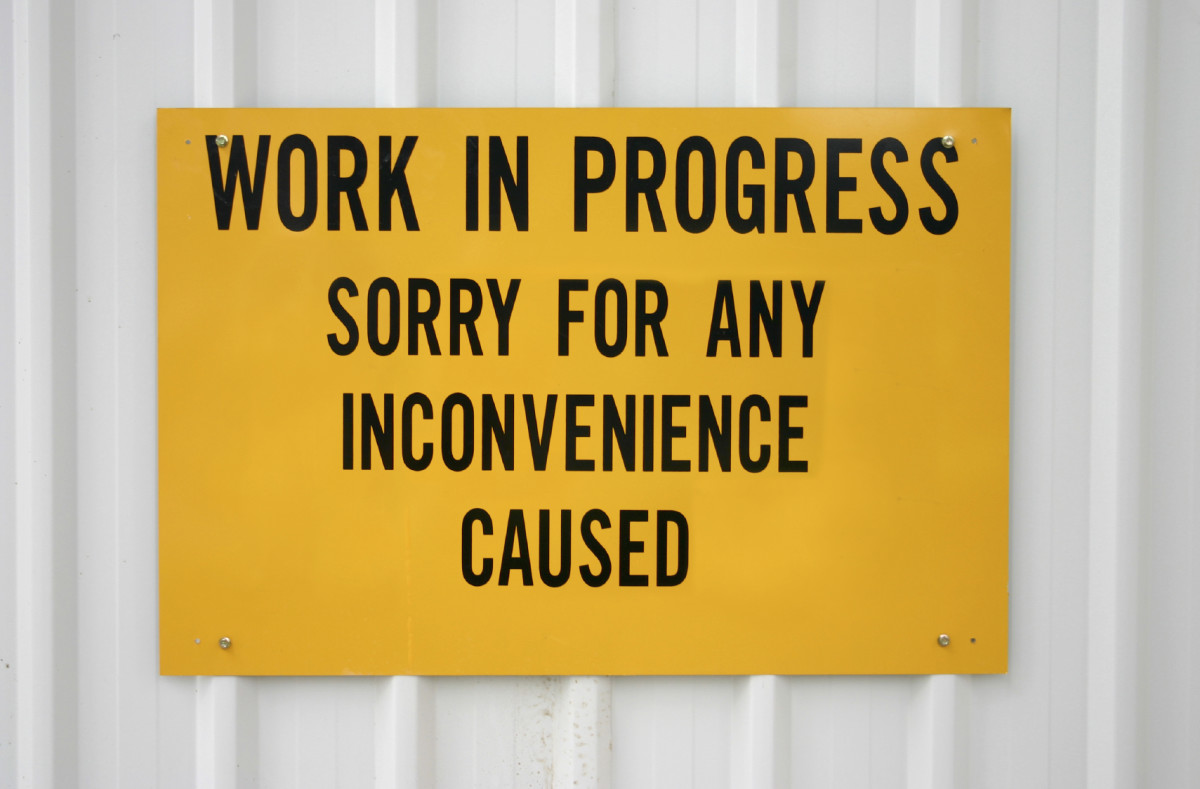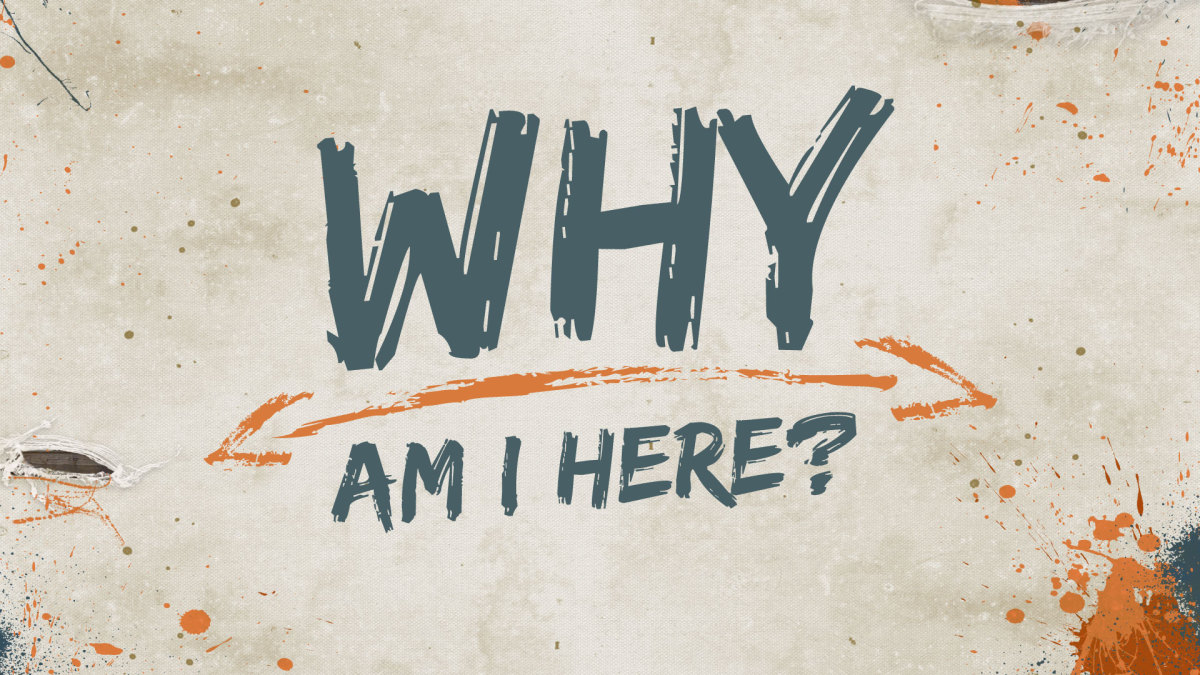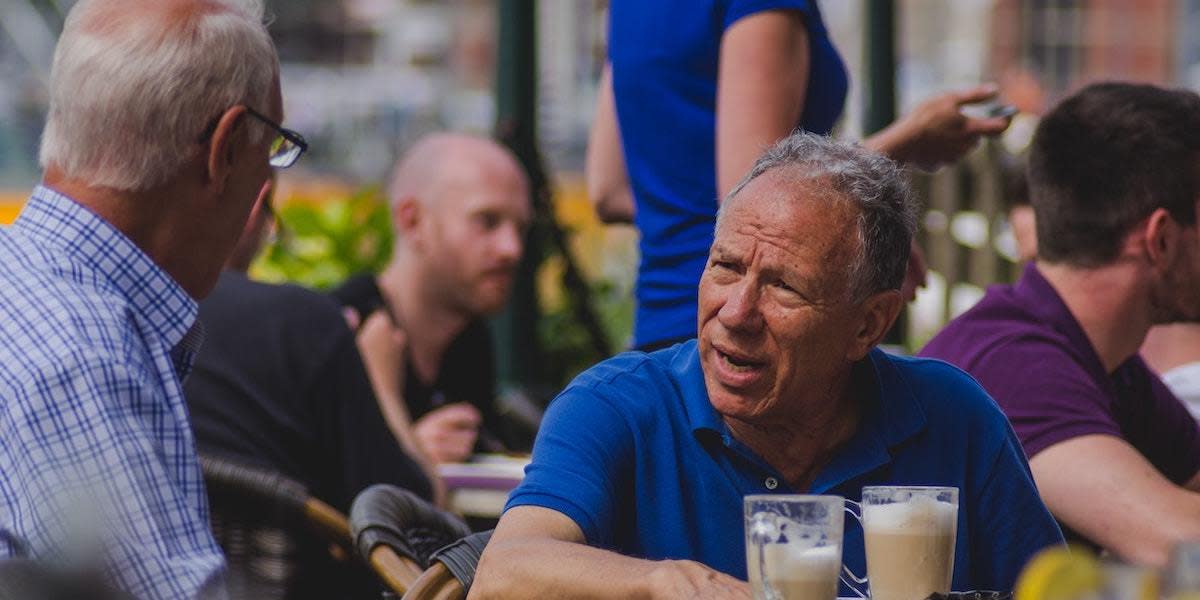- HubPages»
- Health»
- Quality of Life & Wellness»
- Personal Development
Crush Your Goals: Strive for Progress, Not Perfection
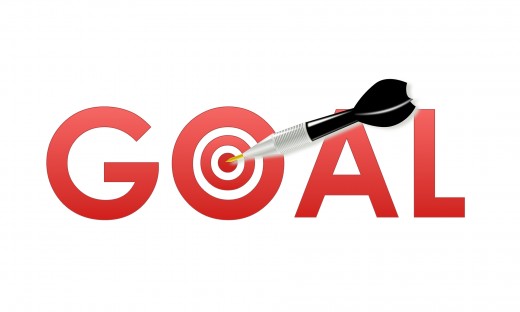
Goals
We talk about goals a lot when it comes to making a change or improving ourselves. We have goals to lose weight, goals to save money, goals to graduate from college, goals to build a successful business, and the list goes on and on. But even more important than the goal, is the ACTION to achieve that goal. It is easy to set a goal to build a profitable business, but it is extremely difficult to do so.
If our goal is to lose 10 pounds in 6 weeks, what do we need to do to achieve this? What actions do we need to take to help us achieve our goal? How do we know what is going to work? What works for one person won’t necessarily work for another, so how do we determine the steps we need to take that are unique for us?
One strategy that I have successfully implemented with dozens of clients to help them crush their goals is based on the Heuristic Process.
Heuristic Process
The word “heuristic” means to find or discover. A heuristic process uses an educated guess, or trial and error, to find a solution most likely to yield the desired result. Feedback from this trial and error process (or experiment) is then used to modify future actions and behaviors. It is a method of problem solving, learning and discovery.
Most of what we do and experience in life is based on this heuristic technique. Life is too complicated to have a one-size-fits-all road map. There are countless ways to achieve a single goal. This can be compared to a cross country trip. You can take the northern route, the southern route, or you can cut through the middle. Think of the last time you took a long road trip. When you set out on your journey, did you plan your entire trip in advance? Did you know what time each day you would stop for gas or stop to eat? Did you change your route based on traffic or unexpected detours?
Perfection is the Enemy of Progress
The same is true for goals that we set throughout life. When we start out on a new journey, we usually cannot see the finish line; however, we take that first step and the next step, and slowly we begin moving forward. We use the heuristic process to make an educated, best guess on what the next step should be, and we make adjustments based on the results we achieve.
These actions are essentially experiments. Each step on the journey is a mini-experiment. When we begin to view our actions as experiments, it has the power to change our mindset because it reduces the risk.
It removes the risk of failure because we can simply say “the experiment failed” not “I failed”.
It also reduces the pressure to be perfect.
As Churchill stated, “Perfection is the enemy of progress.”
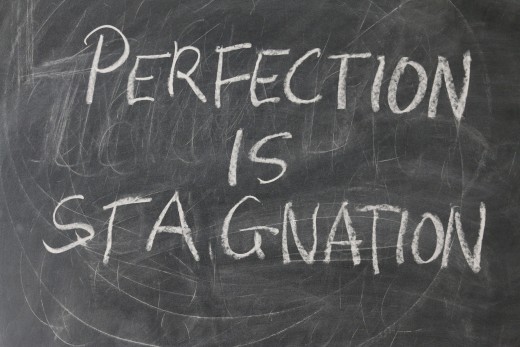
The Heuristic Process in Action
Consider the earlier example of losing 10 pounds in 6 weeks. Suppose our friend, Amy, decides she wants to lose 10 pounds before her wedding in 6 weeks. One option is to go on a crash diet, which is what a lot of people do. Another option is to use the Heuristic Process. Let’s explore each.
Scenario 1 – Crash Diet
Suppose Amy decides that to lose 10 pounds in 6 weeks she must eat 1200 calories per day and burn at least 200 calories per day with physical exercise. This action plan is based on her research of weight loss strategies and best practices given her age, height, weight, and physical activity level.
Amy begins her new action plan. She is consistently eating 1400 calories every day and she only exercised one time during the first week. At the end of the first week, she gets on the scale and finds she has only lost a half pound. At this rate, she knows she will only lose 3 pounds in 6 weeks. Amy is upset with herself because she did not execute her plan perfectly and she did not hit her goal. Amy feels like she failed and is seriously thinking about giving up.
Scenario 2 – Heuristic Process
Now let’s try using the heuristic approach to help Amy achieve her goal. Using an action experiment, Amy can conduct an experiment for 1 week to see if she is able to restrict her calories to 1200 per day and burn at least 200 calories per day with physical exercise. Amy is taking the first step on her 6 week journey using a heuristic process to find out if she can reasonably achieve this goal.
After the first week, Amy reviews her food diary and discovers that her experiment did not work. Amy was unable to restrict her calories to 1200. She could only reduce her calories to 1400 without feeling deprived; however, she found a great spinning class on Wednesday where she burned 600 calories. Even though her experiment did not work, she still lost a half pound.
Using the information that Amy gathered from her experiment in week 1, Amy will conduct another experiment in week 2 to see if she can continue to eat 1400 calories per day, but now she is going to try to attend her new spin class at least 4 times during the week. She will also experiment to see if she can incorporate a light walk after dinner each night to burn an extra 100 calories per day with walking. This will equal approximately the same calorie deficit as scenario 1, but she is now taking the information from her first experiment to make a smarter plan that is customized to her unique needs. Amy doesn’t feel like she failed, she feels empowered to create a successful experiment in week 2. Amy is using the process of trial and error to find a plan that will work for her.
As you can see, there is a huge difference between the all or nothing approach in the first scenario vs the heuristic approach in the second scenario. Perfection truly is the enemy of progress. The moment we adopt this cognitive distortion that we must be perfect and there is no room for error, we set ourselves up to fail. Once we change our approach from an action plan to an experiment where we are open to making changes along the way, we set ourselves up for success because we allow our mini-experiments to guide our next step on the journey.

Next Steps
Think about the last time you set a goal – maybe it was to lose weight or maybe it was to stop smoking. How many mini-experiments did you conduct? How many adjustments did you make to your original plan? If your answer to both of these questions was zero, consider trying again, but this time use a heuristic approach to set yourself up for success. Never aim for perfection. In fact, if your plan is based on perfection, change your plan! Create several mini-experiments and build upon your successes to move you in the direction of your goals.

